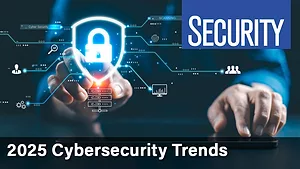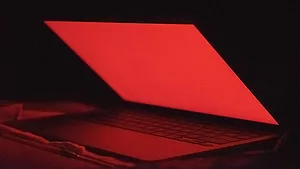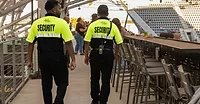Special Report
The 2023 Annual Guarding Report: Finding the right mix of human and machine
December 4, 2023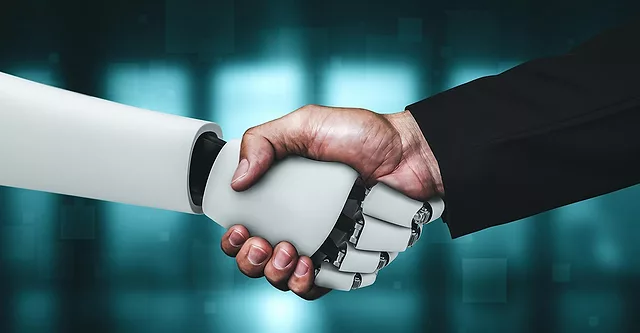
Special Report
The 2023 Annual Guarding Report: Finding the right mix of human and machine
December 4, 2023NanoStockk / iStock / Getty Images Plus / via Getty Images
Guarding companies and their clients have been facing an array of threats and concerns ranging from global issues like climate change, war and unrest to more localized challenges like organized retail crime, political protests and active shooters.
In doing so, they’ve been striving to find the right balance between the cutting-edge equipment and technology needed to keep people and assets safe, while implementing training and changes to policies and procedures to keep their guarding forces at the ready — all at a time when labor market softening has made hiring and retention somewhat easier but still critical, as is the continued process of sifting through which technology is ready for prime time.
Security threats and challenges in 2023
In terms of top threats and challenges, Allied Universal, which released a security study titled the World Security Report, has noted considerably more concern about the global risk picture — threats driven by economic change, climate change, war and unrest, says Rachelle Loyear, Vice President of Integrated Security Solutions at Allied Universal.
“Civil unrest across the globe can impact you locally, whether you operate there or not,” she says. “CEOs and CSOs are concerned about supply-chain stability; they’re concerned about wars. There are huge problems with the cost-of-living crisis driving organized and mass theft attacks in retail. It’s a very interesting shift.”
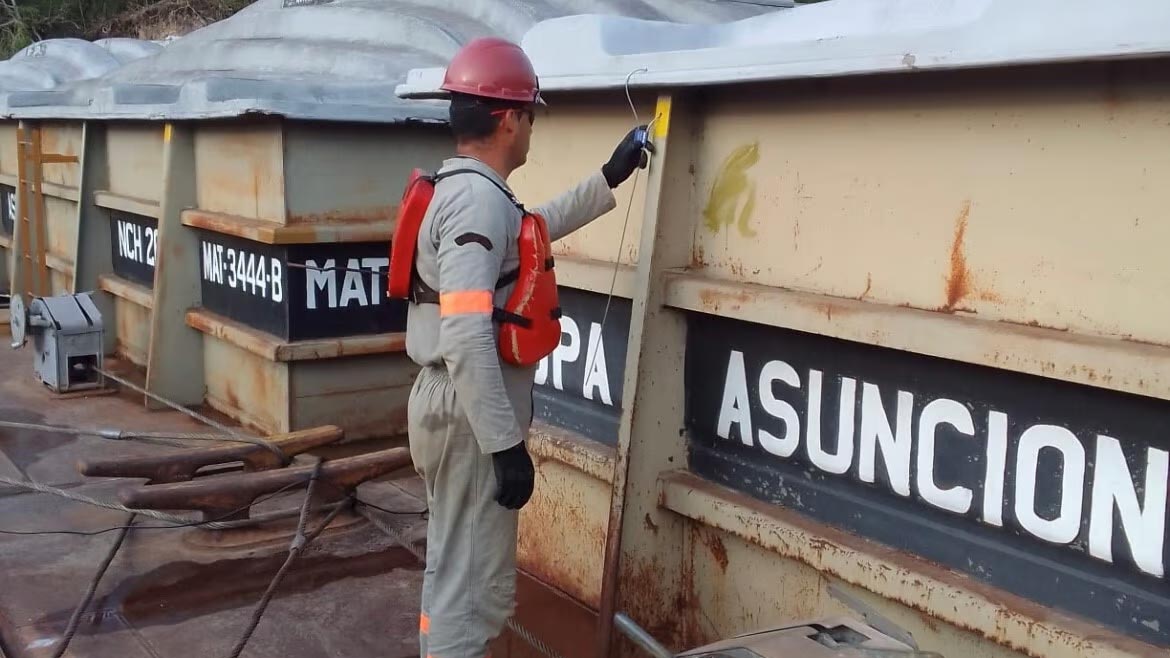
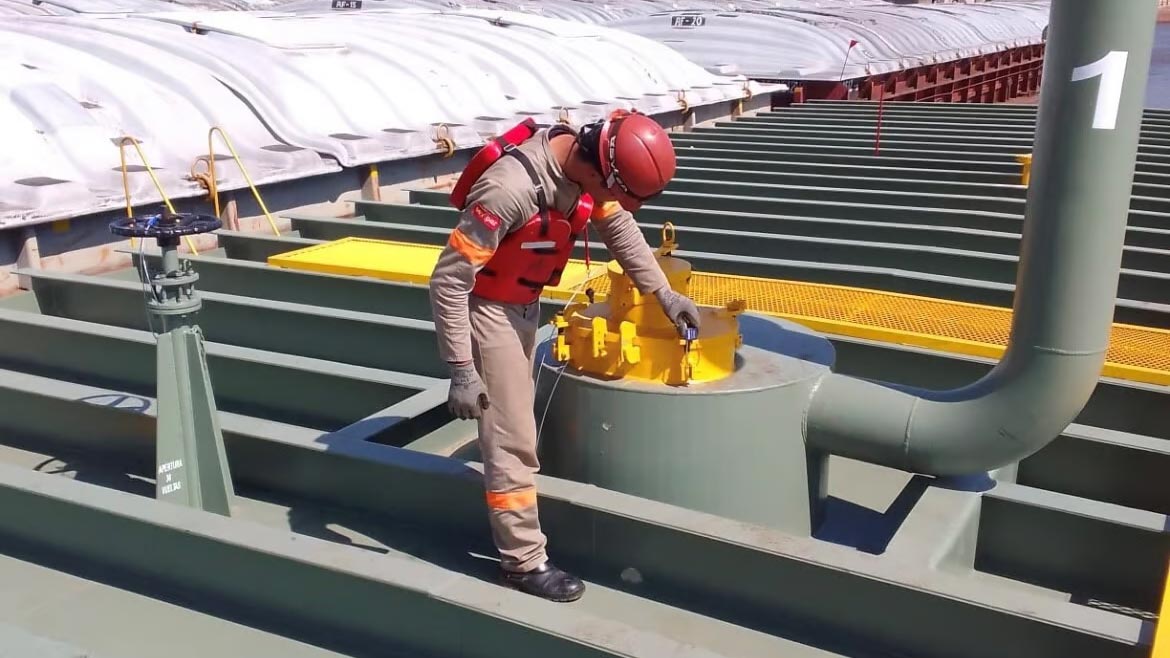
Jordan Lippel, Vice President of Sales for GardaWorld company ECAMSECURE, says active shooter incidents, domestic and foreign terrorism, natural disasters, and civil unrest and political protests are among the top physical security threats and concerns. He also mentions “smash and grab” robberies in parking lots and other areas beyond the traditional perimeter that guards patrol.
With between 1.2 million and 1.4 million security personnel vis-à-vis 750,000 to 800,000 police officers, the private sector is being called on more and more to help with law enforcement duties as “a force multiplier,” says Steve Somers, Regional Vice President, Operations at GardaWorld Security Services – U.S. (GardaWorld).
“When I think about our client base and what keeps them up at night, foundationally it’s always come from this place of protecting people,” says Ally Happel, Senior Vice President of Sales and Marketing for GardaWorld Security Services – U.S. “Being proactive through being predictive is a differentiator for us, and that’s how we go further in protecting people and assets. Before, we were focused on the right response, and now, we’re using data, tools and expertise to be able to predict and prepare before something happens.”
ADM, a major food and beverage manufacturer based in Chicago, Illinois, sees the need for “a different type of security officer” to face increasingly technological threats, says Brian Howell, Vice President & Global Head of Security. “The expectation for the security officer has gone up,” he says. “Are we looking for a more strategic person in that role? We’ve been very fortunate in the fact that supervisors are stepping up, without being asked.”
Looking for a reprint of this article?
From high-res PDFs to custom plaques, order your copy today!
AMB Sports + Entertainment (AMBSE) staffs between 500 to 700 guards at Mercedes-Benz Stadium in Atlanta, where the National Football League’s (NFL) Atlanta Falcons and the Atlanta United of Major League Soccer (MLS) play, “a good portion” of which are contracted through a company called S.A.F.E. Management that also provides for other NFL teams, says Joe Coomer, Vice President, Security at AMBSE.
“There’s a number of challenges out there for us,” he says. “The risk of threats around the stadium, in a downtown, urban site, and the unique challenges of nearby residential areas... Atlanta is the birthplace of social justice and protests, with demonstrations around our site daily. We’re half a mile from police headquarters. All those different activities take place in and around us.”
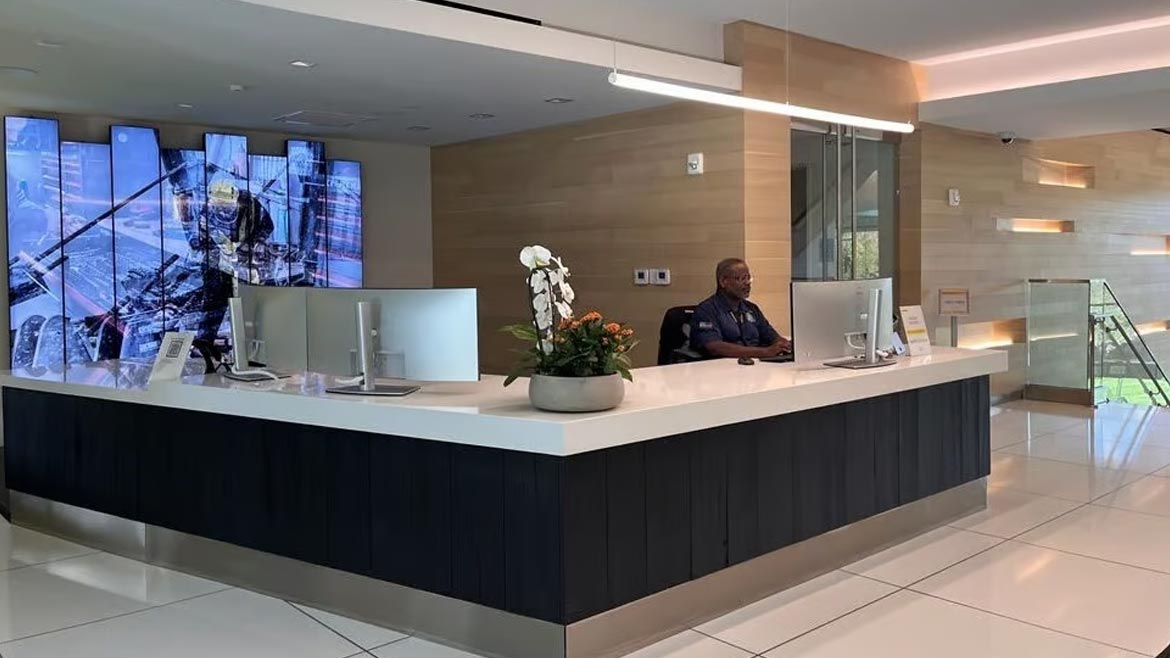
Stanley, Black & Decker, Inc., employs a hybrid guarding force of more than 100 proprietary personnel and between 200 and 300 contractors from Allied Universal, Protos and “a couple one-off services at certain locations,” says Paul Bak, Senior Security Director — North America. He sees protecting his company’s manufacturing and distribution facilities and other sites from the threat of active shooters as among his top concerns.
Another issue that Bak has been dealing with more recently is the company’s return-to-office after the pandemic, which has included welcoming some employees hired in the past two to three years who have never worked onsite. “It’s ensuring that access control is in place — and that these folks know the ramifications behind their ID badge, how powerful a tool that ID is,” he says. “They look at it as a critical component that allows somebody — if it’s stolen, or lost and somebody finds it — to walk in and access our facility.
The impact of security equipment and technology
To combat these threats and concerns, body cameras and other wearables are types of equipment and technology that Protos Security and its partners have to offer their clients, says Peter Platten, Chief Revenue Officer at Protos Security. That requires educating the end-user to ensure they’re not exposing themselves to additional risks.
“You have municipalities and jurisdictions to consider, along with different geographic pressures and laws related to such things as voice recordings,” he says. “We work with our customers and internal legal team and make sure everybody’s engaged. We’ve had a number of circumstances where we’ve diverted requests, made modifications and found a happy middle ground.”
AMB Sports and Entertainment has a robot dog on patrol that “does the menial tasks that free up our human officers to focus in other areas,” Coomer says. Mercedes-Benz Stadium also implemented a free-flow, touchless security screening system a couple years ago, which reduced the need for additional negative one-one interactions. “We can expedite the arrival of fans, given how specific and surgical the technology is,” he says. “False positives and nuisance alarms have dropped off from 22% to 8%. Now guards can concentrate on the alerts.”
At a couple sites, with a few more pending, Stanley, Black & Decker has set up solar-powered geofencing through a mobile security trailer that monitors certain sections of parking lots of buildings and sends alerts when anyone breaks the fence, Bak says.
“We’ve thwarted several car break-ins” and helped lead to an arrest, he says. “It’s definitely been a good partnership.” The company also has opened its first global security operations center (GSOC) site to receive these alerts and others.
Training, policies and procedures
Stepped-up training, policies and procedures also have helped guarding companies and their clients face top threats and concerns. Allied Universal’s training will take guards in the direction of skills like technology acumen, emotional intelligence and customer service, Loyear says.
End-users “are looking at a frontline officer who is the face of the organization — the first person you meet,” she says. “They want far less of the image of a bouncer, and much more the ability to interact at multiple levels.” In terms of policies and procedures, Allied Universal is using artificial intelligence (AI) and other technology to disseminate post orders more quickly, “real-time information” that doesn’t need to be looked up in a book because “it’s in the cloud,” she adds.
ADM continuously trains and adjusts post orders of its guards. “The ‘ask’ is slightly different,” Howell says. “It takes subjectivity and a boutique approach of understanding each gate, and site, and the nuances of what’s going on. The threat we’re trying to combat is the same as a lot of people: authorized access to our facilities. We still want a guarding force but also a digital audit, and making sure we don’t over-trust one or the other is a challenge.”
GardaWorld works to clearly write the post orders on procedures and then train to those, Somers says. “Whether it’s tabletop exercises or full-blown drills, it’s very important that we test security officers as to our expectations,” he says. “Whether it’s an active shooter or an elevator broken down in the lobby, we have to have a written procedure, and we have to train to it.”
Stanley, Black & Decker trains employees on the function security serves and what they need to do to help, such as maintaining access control, Bak says. “It’s human nature to hold the door for somebody,” he says. “But it could be somebody recently let go from the company, or not with the company at all.”
The company also has enrolled the entire security team in training provided by the International Foundation for Protection Officers (IFPO) that all must complete within a year, Bak adds, and he’s always open to hearing about other training opportunities employees would like to pursue.
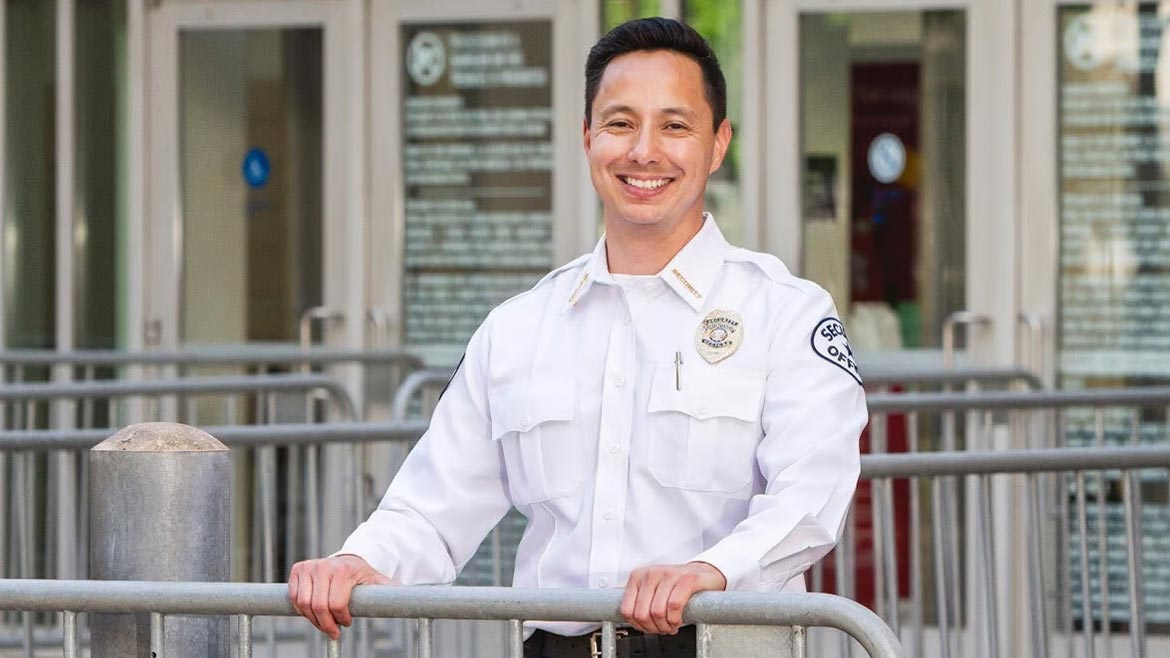
Hiring and retention
During the pandemic, many guarding companies and their clients faced challenges in keeping posts staffed due to the “Great Resignation,” but they say those challenges have eased.
“With wages growing as fast as they were in recent years, and the cost of living going up, keeping up was difficult. 2023 has been different,” says Morgan Price, Senior Vice President of Recruiting, North America, for Allied Universal. “We’re seeing better outcomes.”
To strengthen retention, Allied Universal has pushed out to field leaders an initiative called “I-Care Leadership,” which covers the basics of treating employees well and making sure they understand the company values them.
“We spend time each week with our senior leaders talking about best practices,” Price adds. “We’ve put the spotlight on the importance of retention in an industry that typically has high turnover, understanding that we can get a lot of bottom-line value in retaining employees, vs. churn at the top of the candidate funnel.”
In supervising and managing employees, GardaWorld tries to ensure they’re paid, trained and otherwise taken care of properly, Somers says. “People want to be valued. If you invest in people, whether through training, proper wages or benefits, it reduces turnover, increases retention, and you have much happier clients.” GardaWorld never went below 97% of posts covered at the height of COVID-19 and is more than 100% today, he adds.
"We’ve put the spotlight on the importance of retention in an industry that typically has high turnover, understanding that we can get a lot of bottom-line value in retaining employees, vs. churn at the top of the candidate funnel.”
— Morgan Price, Senior Vice President of Recruiting, North America, for Allied Universal
As a vendor-managed network of more than 4,000 companies, Protos Security’s customers have had regular access to an increased supply of available officers, Platten says. “We’re constantly in touch with our suppliers regarding their sourcing efforts,” he says. “They’ve seen a significant increase in personnel. Recruiting has become easier, and the quality of personnel [has increased], as well. Throughout the last few years of change, the industry as a whole has done our job in educating the customers as to the ever-changing market-rate conditions … to ensure we can attract the right type of personnel for the quality of service.”
AMBSE faced hiring and retention challenges with frontline staff during COVID-19, especially entry-level associates, Coomer says. The company has laid out a development plan for fulltime security officers with developmental steps and ranks based on the training they’ve completed.
“There’s incentive for them,” he says. “We give them the ability train, self-paced, so they can improve their skills and ultimately their wages. We think our starting wage is competitive with what we’re seeing in downtown [Atlanta], but we’ve also showed them a path to increase their wages through training.”
Hiring and retention remain a challenge for Stanley, Black & Decker, which has caucused with its vendors and attempted to raise officers’ hourly wage, Bak says. “Have we 100% hit the mark? No,” he says. “Everything has gone up. We diligently work to do what’s right to make these officers whole. It’s an ongoing process for us. It’s a tough sell when you’re asking somebody to safeguard a manufacturing or distribution center, when they can go down the street to a fast-food joint and make the same, or more. As we look to 2024, a primary focus will be how do we entice or better compensate these individuals to safeguard our facilities and be vested in doing so. It’s a continuing evolution, trying to stay ahead of it.”
The use of robots and automation
Partly due to staffing challenges, end-user organizations and guarding companies have been thinking more intensively about how to supplement their human forces with robots and other automation, although, generally speaking, this has not meant reducing boots on the ground.
For Allied Universal, this process aimed at putting people to their highest and best use, Loyear says. “Let’s say you have a gate, and that gate only runs three or four vehicles a day. You can simply automate the surveillance,” she says. “Take the person, and put them where their value is best used.” Adds Price, “It’s about reevaluating our resources and getting them to the right spot. It’s not about replacing them with technology.”
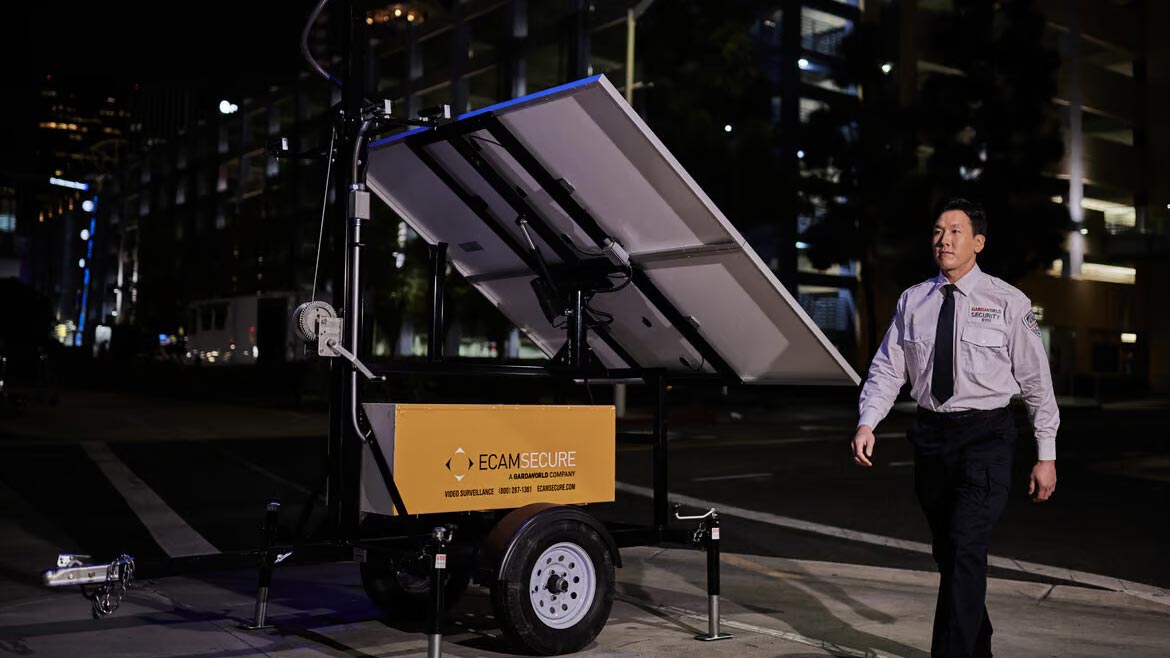
Both GardaWorld and ECAMSECURE secure large, open properties. To secure miles of a facility without fencing, organizations have implemented mobile security robots equipped with cameras and sensors that can communicate with humans in a command center. ECAMSECURE and GardaWorld also have introduced a “tech terrier,” a robotic dog that can go upstairs or over obstacles such as rocks, “sort of like a ground drone. It’s bringing back real-time data to assess threats and then act on those threats.”
While robotics is still a nascent technology, looking at how to supplement officer hours with remote guarding is “much more of a daily conversation,” Platten says. “We continue to push in that area, as far as growth goes.” Protos acquired one company last year and is looking for others to “build out that service officering and deploy it. The analytics are getting better and better. Every day, we’re getting closer to being able to achieve the results we can achieve with officers.”
ADM hasn’t made much use of robotics yet but sees it coming, Howell says. “It’s in a pilot phase, as opposed to a phase of reliance,” he says. “We’re investigating what options might be best for us. The advantage to robotics, in higher-risk environments, is I’m not putting a human being at risk to their personal safety.”



